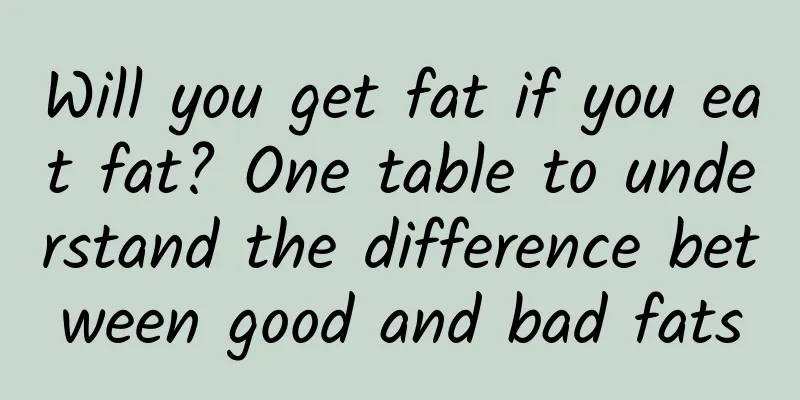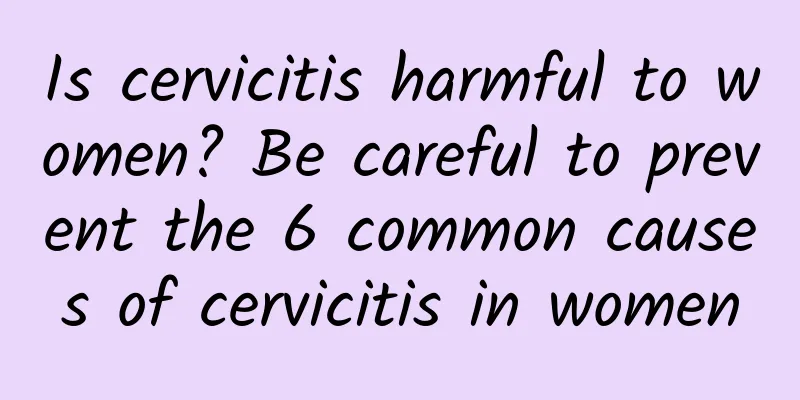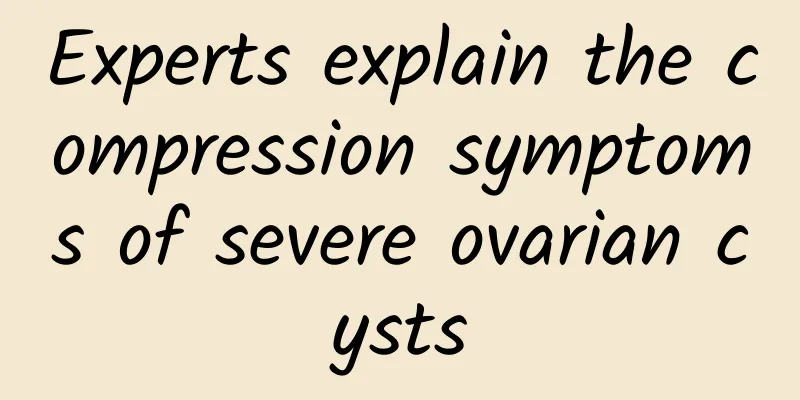Will you get fat if you eat fat? One table to understand the difference between good and bad fats

|
Among the many terms I learned while studying diet therapy, the one that impressed me the most was "French paradox." Despite consuming so much saturated fat, such as butter, cheese, meat, chocolate, etc., the French have a very low incidence of heart disease. This surprised me as I have always believed that "consuming fat will make you fat and increase the incidence of cardiovascular disease." Unlike the United States, which is known as a junk food paradise, France has retained the European eating habits that prefer less processed ingredients. Based on this premise, the French theory of contradiction is not a theoretical hypothesis, but a phenomenon verified in practice. So, has our understanding of fat been wrong until now? In 1950, in order to increase the income of farmers and agricultural product processing manufacturing industry, the US government promoted "grain consumption" as a shortcut to health. "Fat", which was identified as the cause of obesity at the time, became the scapegoat, and a large-scale low-fat diet campaign began across the country. To this day, in the food pyramid developed by the US government agencies, grains, including soybeans, are at the bottom layer with the largest area, while proteins and fats are at the top. However, after 1950, when the low-fat diet movement was carried out on a large scale, the number of patients with obesity, diabetes, and metabolic syndrome in the United States has increased explosively. Recently, Western experts have pointed out the problems with low-fat diet therapy and have received great support. The key point they advocate is to clearly distinguish between "fats that heat the body" and "fats that heal the body", and it is most important to consume fat in a reasonable proportion. Thinking back to my 83-year-old grandmother, she was a witness to the French theory of contradiction. Most of my grandmother's relatives have exotic looks and are tall, and perhaps because of this, their appetites are different from others. My grandmother especially likes to eat fatty pork. Every time she cooks pork, she would say, "Wow, it smells so good!" Then she would pick out the soft white fat to eat herself and give me the fat-free parts. My grandmother never had any illness until she was 83 years old. The same is true for Grandpa Milton. He strictly controls the amount of desserts and fruits he eats, but there is always beef, pork, chicken, etc. in the refrigerator, so he can consume appropriate amounts of fatty meat and cream. So how do you differentiate between good fats and bad fats? In the table below, I've presented fat in the simplest possible way. *Essential fatty acids (e.g. Omega-3, Omega-6) are not produced by our bodies, so they must be taken in through food. Omega-9 can be produced by yourself. In the 1970s and 1980s when life was not so affluent, it was a very happy thing to receive a gift of comprehensive nutritional supplements from relatives in the United States. Nowadays, nutritional supplements produced at home and abroad can be found everywhere, and everyone, regardless of gender, age or status, takes at least one nutritional supplement. Especially the Omega-3, 6, and 9 fatty acid supplements which have been very popular recently. If the 1970s and 1980s were the era of multivitamins, then now is the era of Omega-3. You can even see products labeled "Fortified with Omega-3" in supermarkets. Since the human body cannot produce the essential fatty acid Omega-3, it is necessary to take in an appropriate amount through food, and pay special attention to the intake ratio with Omega-6. Omega-3 unsaturated fatty acids can prevent cardiovascular diseases, improve vision and brain function, and are also very effective in preventing Alzheimer's disease. These have been known to the world through a large number of studies and experiments. It is said that the use of Omega-3 as a nutritional supplement in the West was started in order to adjust the abnormal ratio of Omega-3 to Omega-6. Although opinions vary slightly, some experts believe that the ideal ratio of Omega-3 to Omega-6 is 1:1 or 1:2. Some people also think that it would be fine if it were higher than this. But once you start eating large amounts of refined grains, sugar, and processed foods, that ratio completely reverses. According to statistics in the United States, the intake ratio of Omega-3 to Omega-6 has reached 1:20, which is 1,000 times the amount of Omega-6 humans have consumed in the past 3,000 years. When the complementary ratio of Omega-3 and Omega-6 is disrupted, Omega-6 will hinder the function of Omega-3 and eventually cause various problems in the body. The important thing to remember is that Omega-6 is available in most of the foods we eat. On the contrary, apart from fish such as salmon and mackerel, walnuts and flax seeds, there are very few foods that contain large amounts of Omega-3, so you have to be proactive in consuming it. After I started practicing the diet therapy, I developed a habit of checking the nutritional composition chart when I ate. The surprising fact is that among the foods mentioned above, except for a few foods, almost all foods contain more than twice the amount of Omega-6 as Omega-3. In this light, it is only natural that the intake of Omega-6 is increasing. In addition, there are generally two methods for treating people who are sick, "orthomolecular injection" and "toximolecular injection". The former refers to components of the same nature as those that make up the human body, which are supplemented and improved by taking in "food" that becomes the raw materials of bones, muscles, and blood vessels, starting with the cause of the disease, little by little. The latter refers to the method of using "poison" and "drugs" on the components that form the cause of the disease to achieve temporary relief or removal. Before I started the diet, I would 100% choose the latter, but now I choose to self-heal through food. This concept was not formed in a day or two, but rather began with the courage to dispel myths through the serious practice of diet therapy over several years. I'm already over 40, and although I understand that life is all about change and challenges, it's really annoying. But as the Roman proverb goes, "In a healthy body, there is a healthy mind," my journey to find the balance between body and mind continues. This article is from Chengshi Culture's "Sugar Reduction Miracle: Real-life evidence shows that eating 20 grams of sugar a day can reduce 12 kilograms in 4 weeks, and skin allergies and inflammations will disappear! 》 |
<<: Eat sesame oil chicken without getting fat or greasy~3 tips from a nutritionist
Recommend
What to do with chronic pelvic inflammatory disease
What to do with chronic pelvic inflammatory disea...
Being thin does not mean having a good figure, having tight lines is the key!
[Key Points]: I have really lost a lot of weight!...
What are the symptoms of mild cervical erosion?
Cervical erosion is a common gynecological diseas...
Dietary reminders for women with irregular menstruation
Women with irregular menstruation should pay more...
Learn more about the care of vulvar leukoplakia
Vulvar leukoplakia is very harmful to female comp...
What causes cervical erosion in women? Check out the four major causes of cervical erosion in women
More and more gynecological diseases are troublin...
Can eating oatmeal and sweet potatoes for three meals a day help you lose weight? Wu Mingzhu, a Chinese medicine practitioner: Tea that strengthens the spleen and stomach can adjust your physique and get rid of obesity
Modern people have an increasing demand for weigh...
Why does uterine fibroids cause dysmenorrhea? Why does uterine fibroids cause dysmenorrhea?
Why does uterine fibroids cause dysmenorrhea? Why...
What are the diagnostic criteria for uterine fibroids?
Uterine fibroids are a common gynecological disea...
What should not be eaten for pelvic peritonitis
Pelvic peritonitis is not unfamiliar to us. Most ...
Nursing methods and prevention of chronic pelvic inflammatory disease
Pelvic inflammatory disease not only brings a lot...
The four most representative causes of pelvic inflammatory disease
Among common gynecological diseases, pelvic infla...
Different medications are used for bacterial vaginosis at different stages
Bacterial vaginosis is a common disease among wom...
The surgical process of curettage for abortion
Curettage is a type of artificial abortion proced...
How harmful is abortion to the body?
All surgeries have certain risks. Pregnant women ...









